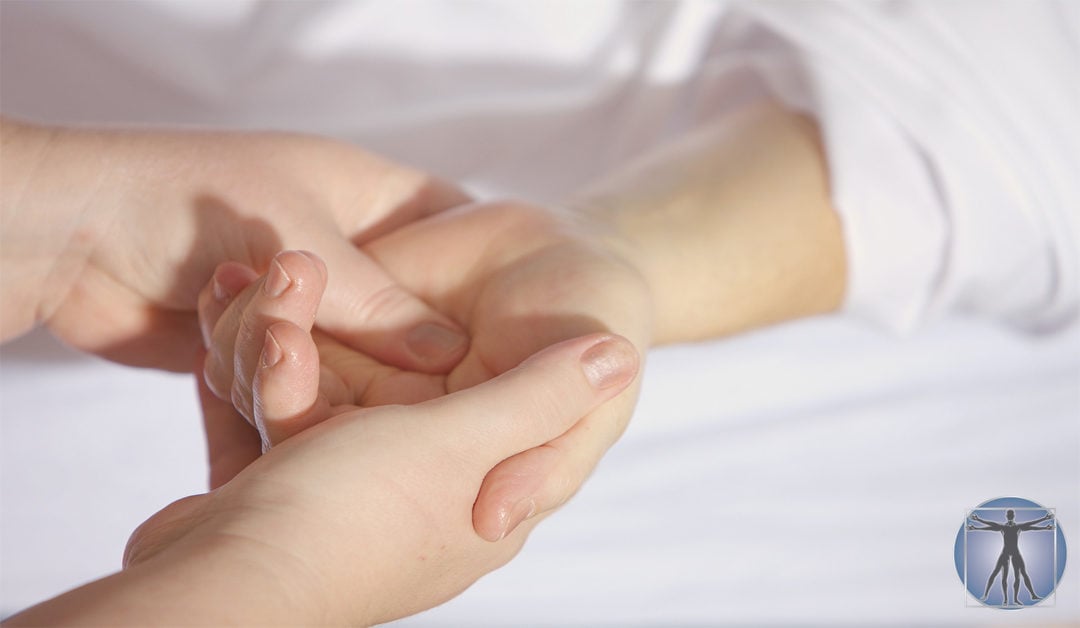In physical therapy, trained professionals assess and treat abnormal physical functions related to, for instance, an injury, disability, disease or condition.
As per the American Physical Therapy Association (APTA), a physical advisor is a trained and licensed medical professional with experience in diagnosing physical abnormalities from the norm, reestablishing physical function and mobility, maintaining physical function, and promoting physical activity and proper function.
Licensed physical therapists can be found in a scope of medical healthcare settings including outpatient offices, private practices, hospitals, rehab centers, nursing homes, home health, sports and fitness settings, schools, hospices, occupational settings, government agencies, and research centers.
What’s to expect
A physical therapist helps take care of patients in all phases of healing, from initial diagnosis through the restorative and preventive stages of recovery. Physical therapy may be a standalone option, or it may support other treatments.
Few patients are referred to a physical therapist by their doctor, but others seek therapy themselves.
Whichever way a patient comes to a physical therapist, they can expect to:
Undergo a physical exam and assessment, including health history and certain testing procedures, including assessment of posture, movement and flexibility, and of muscle and joint motion performance.
Receive a clinical diagnosis, prognosis, plan of care and short and long term goals
Receive physical therapy treatment and intervention based on the therapist’s evaluation and diagnosis
Receive self-management recommendations
Patients regularly train with a physical therapist in exercises that they can do at home, to help them function more effectively.
Common conditions
A physical therapist can treat a wide assortment of medical conditions, depending on their specialty.
A few conditions that can benefit from this kind of treatment are:
Cardiopulmonary conditions, such as chronic obstructive pulmonary disease (COPD), cystic fibrosis (CF) and post-myocardial infarction (MI)
Hand therapy for conditions such as carpal tunnel syndrome and trigger finger
Musculoskeletal dysfunction such as back pain, rotator cuff tears, and temporomandibular joint disorders (TMJ)
Neurological conditions such as stroke, spinal cord injuries, Parkinson’s disease, multiple sclerosis, vestibular dysfunction, and traumatic brain injuries
Pediatric conditions such as developmental delays, cerebral palsy, and muscular dystrophy
Sports-related injuries, such as concussion and tennis elbow
Women’s health and pelvic floor dysfunction, such as urinary incontinence and lymphedema
Other cases that may benefit include burns, wound care, and diabetic ulcers.
Benefits of physical therapy
Depending on the reason for treatment, the benefits of physical therapy include:
Pain management with reduced need for opioids
Avoiding surgery
Improved mobility and movement
Recovery from injury or trauma
Recovery from stroke or paralysis
Fall prevention
Improved balance
Management of age-related medical problems
A sports therapist can help an athlete maximizing their performance through strengthening specific parts of the body and using muscles in new ways.
A healthcare provider or physical therapist can advise individuals about the benefits specific to their personal medical history and their need for treatment.
Types
As with medical practice, an assortment of therapies can be applied to treat a range of conditions.
Orthopedic physical therapy treats musculoskeletal injuries, including the muscles, bones, ligaments, fascias, and tendons. It is suitable for medical conditions such as fractures, sprains, tendonitis, bursitis, chronic medical problems, and rehabilitation or recovery from orthopedic surgery. Patients may undergo treatment with joint mobilizations, manual therapy, strength training, mobility training, and other modalities.
Geriatric physical therapy can help other patients who develop conditions that affect their mobility and physical function, including arthritis, osteoporosis, Alzheimer’s disease, hip, and joint replacement, balance disorders, and incontinence. This type of intervention aims to reestablish mobility, decrease pain and increase physical fitness levels.
Neurological physical therapy can help people with neurological disorders and conditions such as Alzheimer’s disease, brain injury, cerebral palsy, multiple sclerosis, Parkinson’s disease, spinal cord injury, and stroke. Treatment may aim to increase limb responsiveness, treat paralysis, and reverse increase muscle strength by reducing muscle atrophy.
Cardiovascular and pulmonary rehabilitation can benefit people affected by some cardiopulmonary conditions and surgical procedures. Treatment can increase physical endurance and stamina.
Pediatric physical therapy aims to diagnose, treat, and manage conditions that affect infants, children, and adolescents, including developmental delays, cerebral palsy, spina bifida, torticollis and other conditions that impact the musculoskeletal system.
Vestibular therapy means to treat balance issues that can result from inner ear conditions. Vestibular physical therapy includes various exercises and manual techniques that can help patients regain their normal balance and coordination. und care.
Vestibular therapy means to treat balance issues that can result from inner ear conditions. Vestibular physical therapy includes various exercises and manual techniques that can help patients regain their normal balance and coordination.
Decongestive therapy can deplete aggregated fluid in patients with lymphedema and other conditions that include fluid accumulation.
Pelvic floor rehabilitation can help treat urinary or fecal incontinence, urinary urgency and pelvic pain in men and women as a result of injuries or surgeries, because of certain conditions.
Aside from physical manipulation, physical therapy may involve:
Ultrasound, to promote blood stream and healing by heating tendons, muscles, and tissues
Phonophoresis, which uses ultrasound to convey certain medications, for example, topical steroids. This can diminish the presence of inflammation.
Electrical stimulation, or E-stim, which utilizes topical electrodes on the skin to lessen pain and increase functional capabilities. One kind of E-stim is transcutaneous electrical nerve stimulation (TENS). At times, anti-inflammatory conditions are used with certain E-stim modalities and are referred to as iontophoresis.
Heat, moist heat and cold therapy
Light therapy, in which special lights and lasers are used to treat certain medical conditions.
The physical therapist will recommend the most appropriate treatment.


Recent Comments